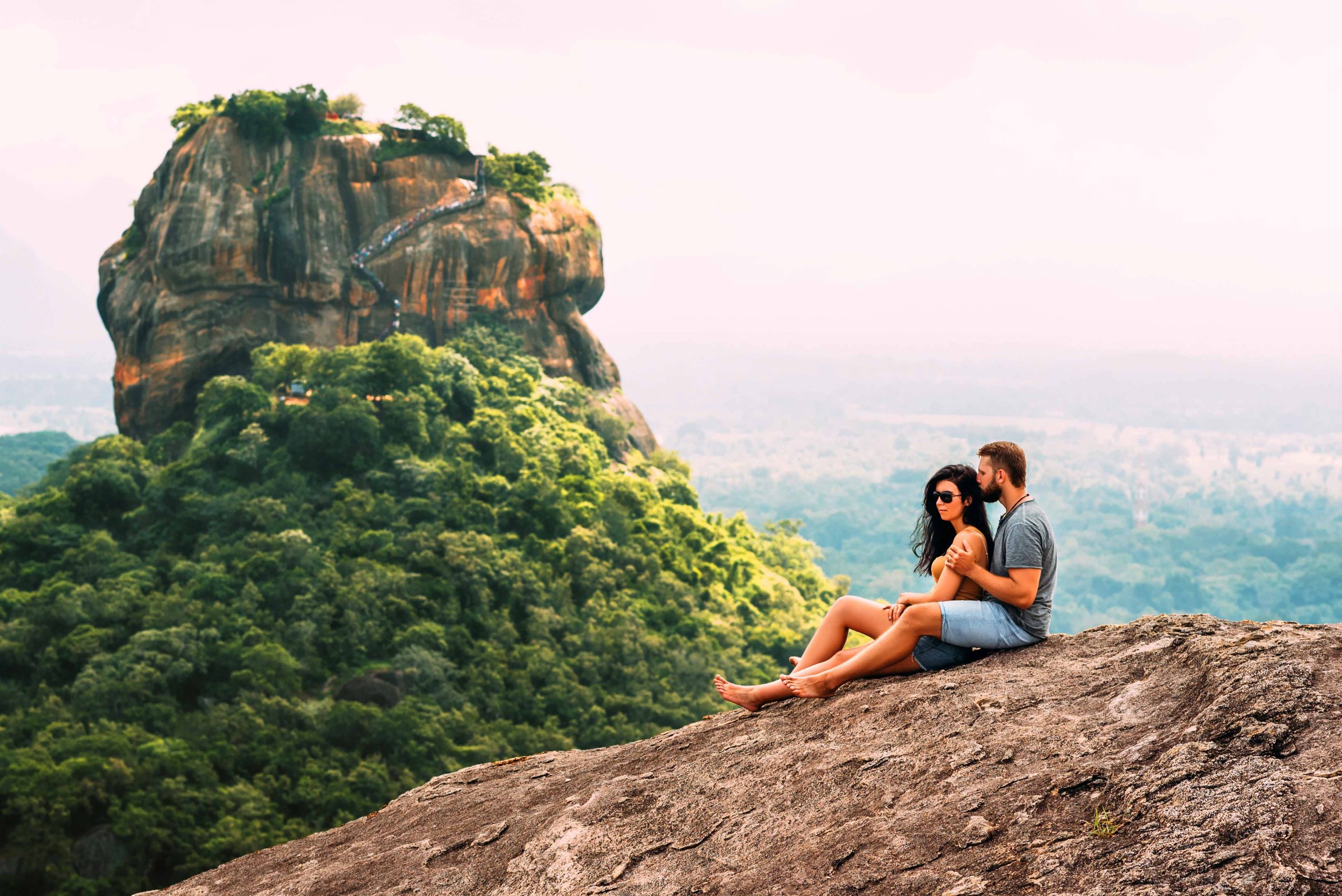Exploring Sri Lanka’s Sacred Buddhist Temples
In this article, we will explore some of Sri Lanka’s most sacred Buddhist temples. These temples not only reflect the rich heritage and culture of the island but also offer breathtaking architecture and serene environments. Join us as we journey through these spiritual sites.
Table of Contents
ToggleWhy Are Buddhist Temples Important in Sri Lanka?
Buddhist temples hold immense significance in Sri Lanka’s culture and religious practices. They serve as places of worship, community gathering, and education for followers of Buddhism. Many temples have been standing for centuries, showcasing the architectural brilliance of ancient Sri Lankan builders.
The temples are home to invaluable relics, including the Sacred Tooth Relic of Buddha in Kandy. This relic not only attracts pilgrims from around the world but is also a symbol of Sri Lankan sovereignty and pride. Each temple tells a unique story about its history and importance in the Buddhist tradition.
What Are the Must-Visit Temples in Sri Lanka?
Among the numerous stunning temples in Sri Lanka, a few stand out and are must-visits. The Temple of the Tooth in Kandy is perhaps the most famous. It is revered for housing the Sacred Tooth Relic of Buddha. The temple is an architectural marvel with beautiful gardens, intricate carvings, and vibrant murals.
Another significant temple is the Dambulla Cave Temple, a UNESCO World Heritage site. It features remarkable cave sculptures and paintings, illustrating the life of Buddha and other significant Buddhist figures. Lastly, the Anuradhapura temples, a series of ancient complexes, are crucial for understanding Sri Lankan Buddhist history and its development.
How Do You Prepare for a Visit to These Temples?
Preparation is key to making the most of your visit to Sri Lanka’s sacred temples. Dress modestly, covering your shoulders and legs, as a sign of respect. It’s also advisable to maintain silence in and around the temples, creating a peaceful environment for worshippers and other visitors.
Before visiting, research each temple to understand its unique offerings and customs. Participate in rituals where appropriate, like lighting incense or making offerings. Bring a small donation, as many temples rely on these contributions for upkeep and preservation. Lastly, consider hiring a local guide who can provide rich historical insights and context about the sites you’re visiting.
What Unique Experiences Can You Have at the Temples?
Visiting Sri Lanka’s temples is not just about viewing stunning architecture; it’s also about experiencing the vibrant culture and spirituality that permeates these sites. Participating in a meditation session at a temple can be a profound experience. Many temples offer guided sessions, allowing you to connect with your inner self amidst the serene surroundings.
You might also witness traditional Buddhist rituals, such as chanting or offerings, which can give you insight into the local customs and devotion of the Buddhist community. Engaging with local monks, who are often welcoming and eager to share their knowledge, can also enhance your visit, enriching you with their stories and teachings.
Are There Any Etiquette Tips for Visiting Buddhist Temples?
Observing proper etiquette is crucial when visiting Buddhist temples in Sri Lanka. As mentioned earlier, dressing modestly is essential. You should avoid wearing shorts or sleeveless tops and instead opt for long skirts or pants and shirts with sleeves.
When inside the temple, remove your shoes as a sign of respect. Always be mindful of your surroundings and speak softly. Taking photographs is usually allowed, but it’s best to ask permission before snapping pictures of monks or worshippers. Lastly, refrain from pointing your feet at sacred objects, as this is considered highly disrespectful in Sri Lankan culture.
Conclusion
Exploring Sri Lanka’s sacred Buddhist temples offers a unique glimpse into the country’s rich heritage and spiritual life. From the stunning architecture to the serene atmosphere, each temple provides not just a place of worship but also an opportunity for reflection and cultural immersion. Whether you visit the Sacred Tooth Relic in Kandy, the Dambulla Cave Temple, or the ancient temples of Anuradhapura, you will leave with a deeper understanding of both Buddhism and Sri Lankan culture.
FAQs
1. Can I visit the temples year-round?
Yes, most temples in Sri Lanka are open year-round. However, it’s wise to check local calendars for any important religious festivals, as certain temples may have special restrictions or events during these times.
2. Are all temples free to enter?
No, while many temples have free entry, some may charge a small fee for tourists. This helps with the maintenance and preservation of the temple. Be sure to have some local currency handy for any entrance fees.
3. Is it safe to visit the temples alone?
Yes, most temples are in safe areas, and many visitors explore them alone. However, like any travel destination, it’s wise to stay aware of your surroundings and avoid visiting isolated areas, especially in the evening.
4. Should I participate in the rituals during my visit?
Participating is often welcomed, but it’s best to observe first and follow the lead of locals. If you are uncertain, feel free to ask a monk or a local about what is appropriate to do during your visit.
5. Are there guided tours available for temple visits?
Yes, many local companies offer guided tours of Sri Lanka’s sacred temples. These guides can provide valuable insights into the history and significance of each site, enhancing your overall experience.
All Categories
Recent Posts
How to Obtain an International Driving License in Sri Lanka
Flying from KTM to Sri Lanka: What You Need to Know
Affordable Business Class Flights to Sri Lanka

